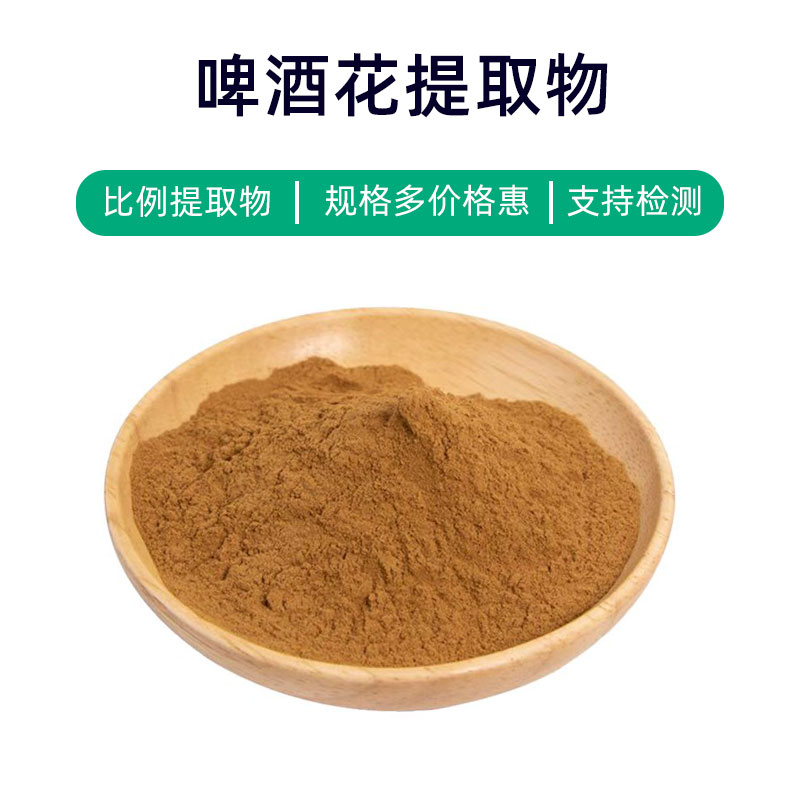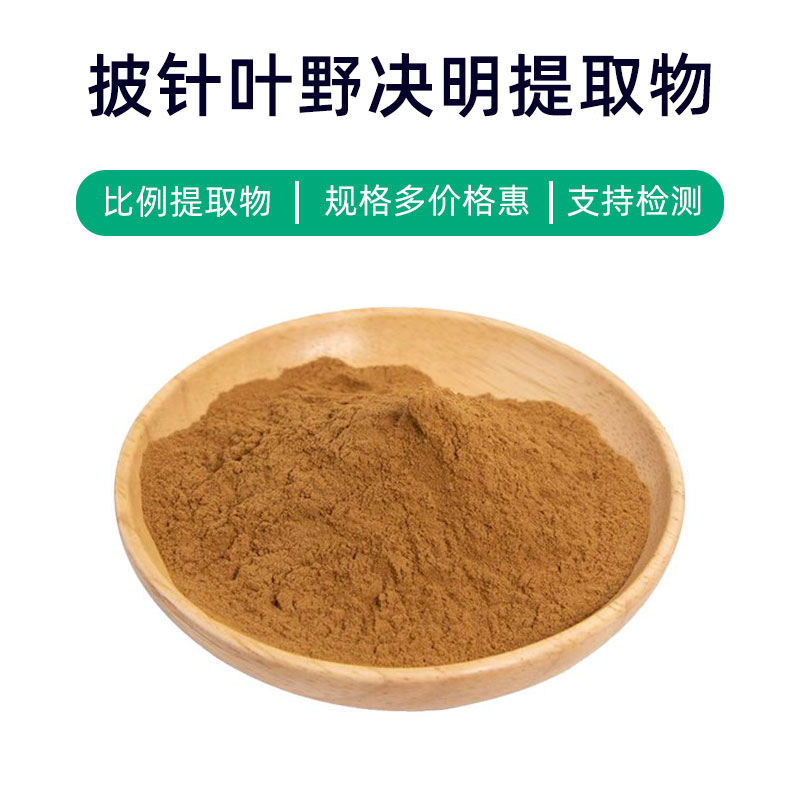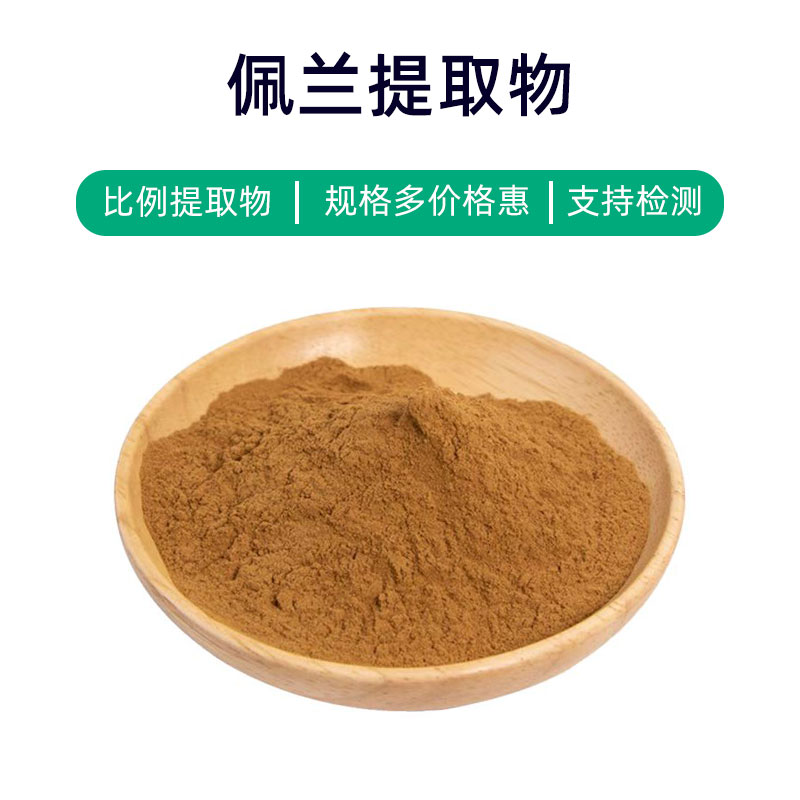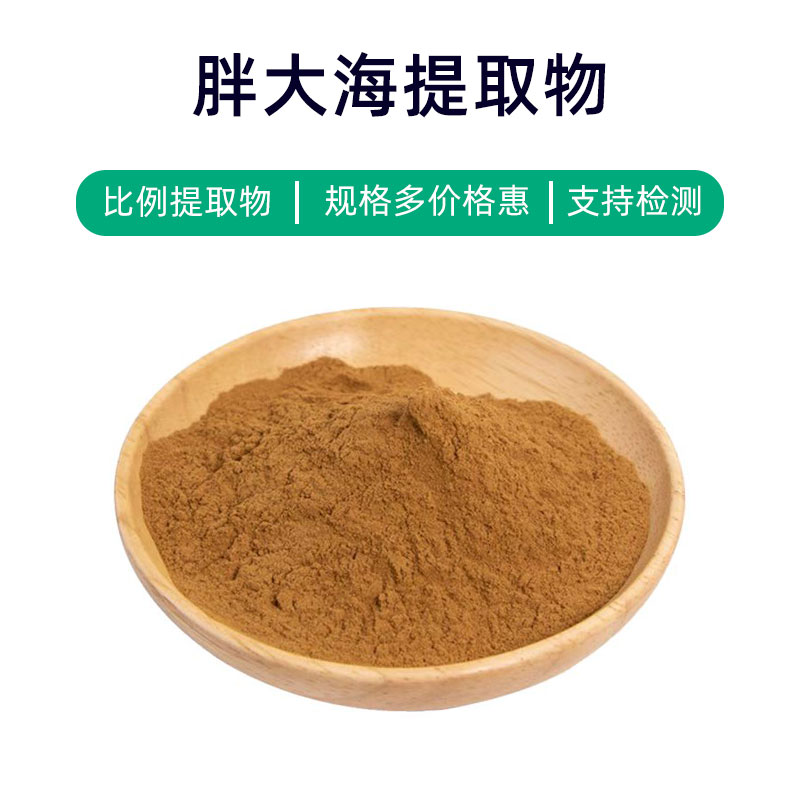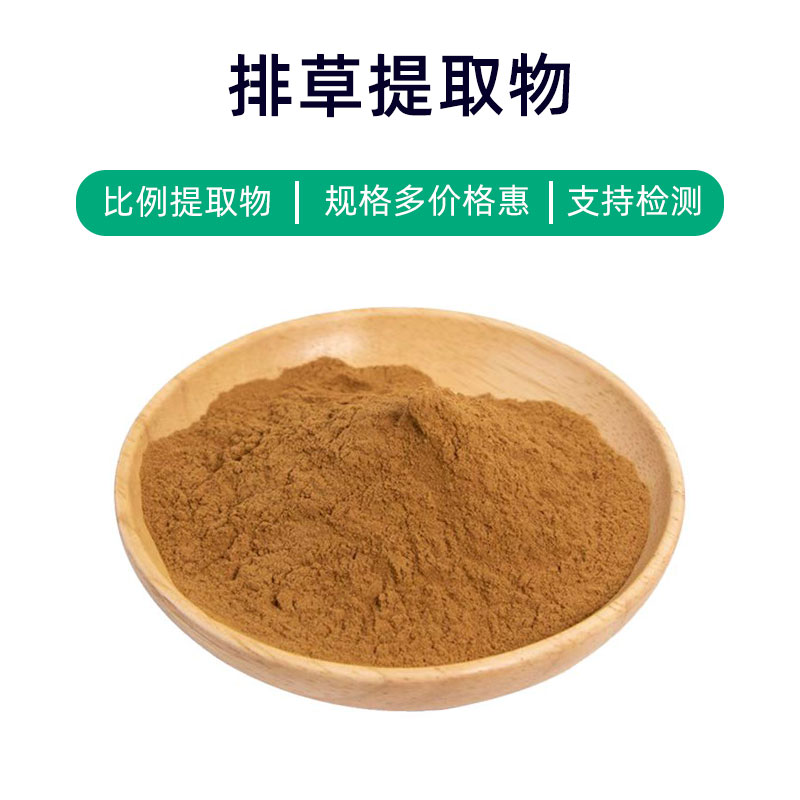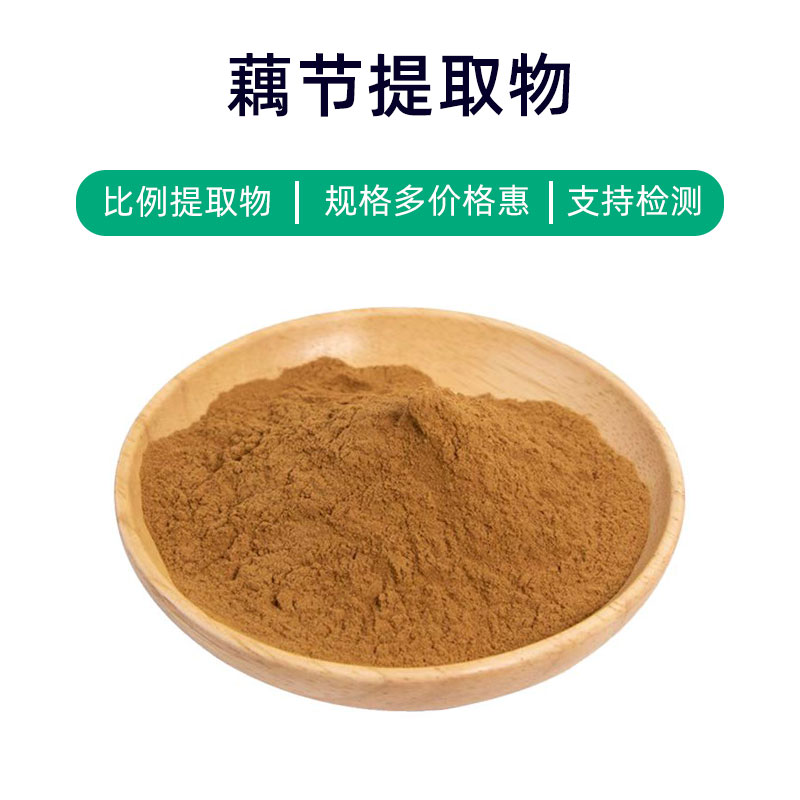Amaranth Extract Product Introduction
Amaranth extract is a natural plant extract obtained from plants in the Amaranthus genus, rich in polyphenols, proteins, vitamins, and minerals. These components give amaranth extract various benefits and applications.
Firstly, amaranth extract has significant antioxidant properties, capable of neutralizing free radicals in the body, protecting cells from oxidative damage, and slowing the aging process. Secondly, it exhibits anti-inflammatory effects, alleviating inflammatory responses and symptoms of inflammatory diseases, such as arthritis and dermatitis. Additionally, amaranth extract provides moisturizing benefits, making it useful in skincare products to help maintain skin hydration, enhance elasticity, and address dryness.
In terms of application, amaranth extract is widely used in dietary supplements, cosmetics, and food industries. In the supplement sector, it commonly serves as an antioxidant and nutritional supplement, aiding in immune support and skin health. In cosmetics, it's found in skincare and haircare products for its moisturizing, anti-aging, and restorative effects. In the food industry, amaranth extract can function as a functional food additive, enhancing the nutritional value and functionality of products, such as cereals, beverages, and balanced nutrition formulas.
Overall, amaranth extract, as a natural plant extract, offers various benefits and has a wide range of application potential in health and beauty products.
Amaranth Extract Production Process
The production process of amaranth extract primarily includes the following steps:
- Raw Material Collection and Preparation: Select fresh, high-quality amaranth plants as raw material. The collection usually occurs during the maturation period of the plants, followed by initial cleaning and processing to remove impurities and damaged parts.
- Extraction Process: The prepared amaranth plants are crushed or chopped, and then suitable extraction methods are employed. Common methods include aqueous extraction, ethanol extraction, or supercritical CO2 extraction. During extraction, it is crucial to control temperature, pressure, and extraction time to ensure efficiency and product quality.
- Filtration and Concentration: The extracted solution undergoes filtration to remove solid impurities, followed by concentration to increase the extract's potency. Concentration can utilize vacuum or evaporation methods.
- Refinement and Purification: The concentrated extract is refined and purified to remove any residual impurities and unwanted components, employing methods such as gel filtration, partition extraction, or crystallization.
- Drying and Granulation: The refined extract is dried to remove moisture, resulting in powdered amaranth extract. Drying methods may include spray drying or vacuum drying. Granulation may follow to enhance the flowability and stability of the extract.
- Quality Inspection and Packaging: The prepared amaranth extract undergoes a quality inspection, including appearance, physicochemical properties, and microbiological testing. After meeting quality standards, it is packaged and sealed to ensure product integrity and stability.
- Storage and Distribution: The packaged amaranth extract should be stored in a dry, cool, and well-ventilated environment, avoiding direct sunlight and high temperatures. During distribution, precautions should be taken to prevent moisture and pressure damage, ensuring safe delivery to customers.
Each step of the amaranth extract production process must be carefully controlled to ensure quality and stability.
Amaranth Extract Benefits and Side Effects
Amaranth extract, as a natural plant extract, possesses numerous benefits and is widely applied in medicine, dietary supplements, and cosmetics. Here are its main benefits and effects:
- Antioxidant Effects: Amaranth extract is abundant in natural antioxidants, such as polyphenols and vitamin C, capable of neutralizing free radicals, slowing cellular aging, and protecting against oxidative stress damage.
- Anti-inflammatory Effects: Active components in amaranth extract exhibit significant anti-inflammatory properties, helping to suppress inflammation and alleviate symptoms in conditions like rheumatoid arthritis and skin inflammation.
- Blood Sugar Reduction: Studies have shown that certain components in amaranth extract help regulate blood sugar levels, potentially reducing insulin secretion and providing auxiliary treatment for diabetes patients.
- Blood Lipid Reduction: Some active ingredients in amaranth extract can lower cholesterol and triglyceride levels in the blood, promoting fat metabolism and potentially preventing cardiovascular diseases.
- Gut Health Improvement: Amaranth extract is high in dietary fiber and prebiotics, promoting intestinal motility, increasing beneficial bacteria in the colon, and improving gut microbiome composition, helping to prevent constipation and gastrointestinal diseases.
- Liver Function Protection: Certain active components in amaranth extract protect liver cells, reducing liver damage and promoting cell regeneration, offering some protection against fatty liver and liver damage.
Amaranth extract is generally safe, but the following precautions should be noted during its use:
- Consult with a doctor or professional before use, especially for pregnant or breastfeeding women, children, and individuals with chronic illnesses.
- Avoid excessive use and follow the recommended dosage in the product instructions to prevent adverse reactions.
- Be mindful of individual allergic reactions; if symptoms like skin redness or itching occur, discontinue use and seek medical attention.
In summary, amaranth extract exhibits antioxidant, anti-inflammatory, blood sugar-lowering, blood lipid-lowering, gut health-improving, and liver function-protecting effects, but caution is advised to mitigate potential adverse reactions.
Amaranth Extract Applications and Dosage
Amaranth extract has extensive applications across medicine, food, and cosmetics, offering various benefits and functionalities. Here are the usages and dosages in different fields:
- Medical Applications:
- Uses: In the medical field, amaranth extract is commonly used in dietary supplements and medications for regulating blood sugar, blood lipids, and enhancing immunity.
- Dosage: It is generally recommended for adults to take amaranth extract capsules or powder daily, with a dose of approximately 500-1000 mg per serving, adjusted based on individual circumstances and doctor's advice.
- Food Applications:
- Uses: Amaranth extract is often used as a food additive in functional foods, dietary supplements, beverages, pastries, etc., to enhance nutritional value and functionality.
- Dosage: Based on food processing methods and formulations, amaranth extract is typically added at a ratio of 1%-5% of the total product amount.
- Cosmetic Applications:
- Uses: In cosmetics, amaranth extract is found in skincare products, masks, lotions, etc., for its antioxidant, anti-inflammatory, and moisturizing benefits, helping to improve skin texture.
- Dosage: Depending on the product formulation and functional requirements, amaranth extract is generally added in concentrations of 0.5%-2% of the total product.
- Other Applications:
- Amaranth extract can also be used to create health drinks, oral liquids, tablets, functional candies, cookies, protein bars, and hair care products like conditioners and shampoos.
Overall, amaranth extract, being a natural plant extract, has a promising application scope in medicine, food, and cosmetics. When used, the dosage should be carefully controlled based on product type and formulation needs to ensure safety and effectiveness.
Amaranth Extract Source Plant Introduction, Distribution, and Growth Environment
Amaranth (Scientific name: Chenopodium quinoa Willd.) is an ancient and precious crop, with its extract widely used in the medical and food industries. Below is an introduction to the source plant of amaranth extract, along with its distribution and growth environment:
- Plant Introduction:
Amaranth is an annual or perennial herbaceous plant belonging to the Amaranthaceae family, typically reaching heights of 1-2 meters. Its stems are upright, with leaves that are oval or ovate, wrinkled on the surface, and can be green or purplish-red. The flowers are small and dense, clustered in panicles. Its fruit is a seed, which can appear red, yellow, or black. - Distribution:
Originally native to the Andean region of South America, amaranth is primarily found in countries like Peru, Bolivia, Ecuador, and Colombia. Presently, it has been introduced worldwide, including Europe, North America, Asia, and Africa. - Growth Environment:
Amaranth thrives at elevations above 2000 meters in mountainous regions, demonstrating strong adaptability to harsh environments such as cold, drought, and heat. It is a crop that can survive in less-than-ideal soils, growing well in sandy, loamy, and clay soils, but prefers well-drained conditions. Amaranth also benefits from ample sunlight, which enhances growth in high-altitude regions with bright, cool climates.
In summary, amaranth is a drought-tolerant, adaptable crop primarily found in the Andean region of South America, and it has been cultivated globally. It prefers high-altitude, sunlit environments with good drainage, and it remains a plant of high economic value and adaptability.
Amaranth Extract Processing and Storage
The processing of amaranth extract typically includes the following steps: first, the amaranth seeds are cleaned and dehulled, followed by grinding or milling to extract active components. Next, appropriate extraction methods, such as aqueous or ethanol extraction, are employed to isolate the target components from amaranth. Lastly, through concentration, filtration, drying, and other processes, the amaranth extract is obtained.
For storage, amaranth extract should be kept in a cool, dry, and well-ventilated area, avoiding direct sunlight and high temperatures. Additionally, precautions should be taken to prevent moisture and contact with toxic or odorous substances, ensuring the quality and stability of the extract. Under proper storage conditions, amaranth extract can maintain a long shelf life with stability and activity.
Monica Sun is a seasoned expert in the plant extraction industry with over a decade of experience in research and production. She specializes in the extraction and purification of plant active ingredients, focusing on driving innovation in natural product applications. Monica has participated in the development of multiple functional plant extracts, delivering high-value natural raw material solutions for the health food, pharmaceutical, and dietary supplement sectors.









